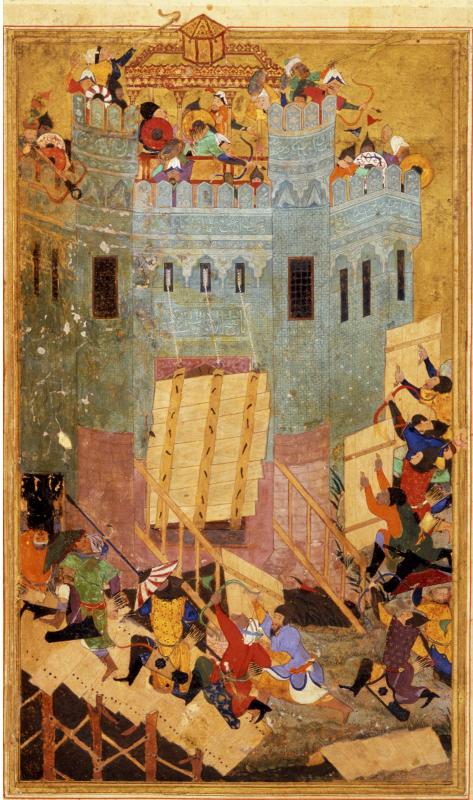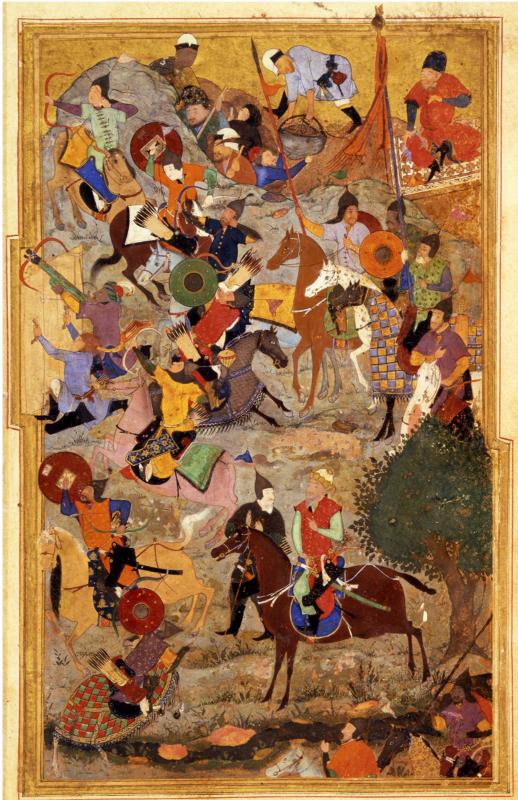
Create an Amazon Wedding Registry
Illustrations of Timurids in the Zafarnama of Sultan Husayn or ‘Garrett Zafarnama’
Assault on the Fortress of the Knights of St. John at Smyrna
 Assault on the Fortress of the Knights of St. John at Smyrna (left) |
 Assault on the Fortress of the Knights of St. John at Smyrna (right) |
